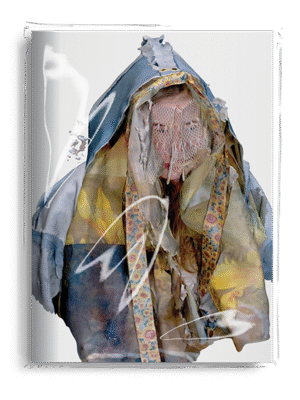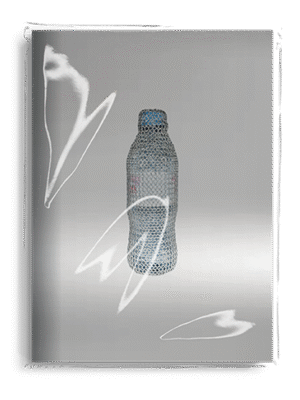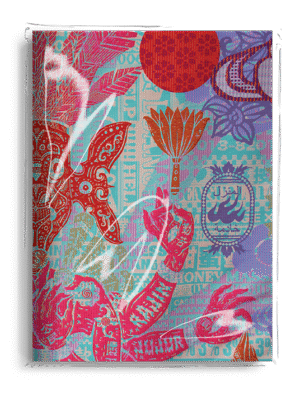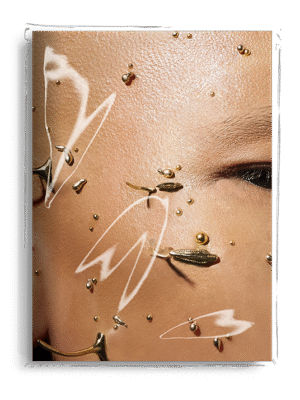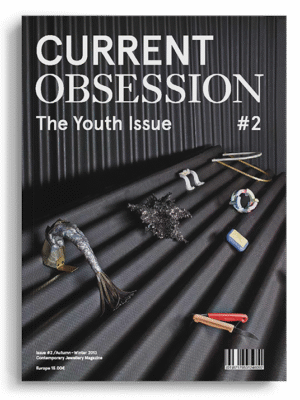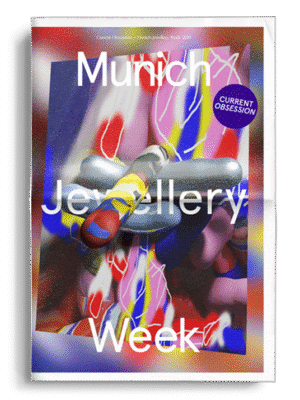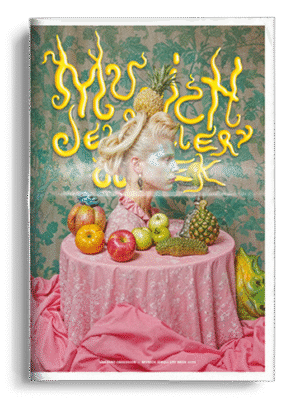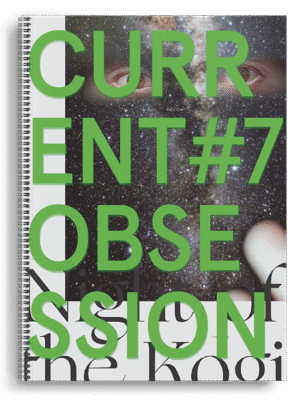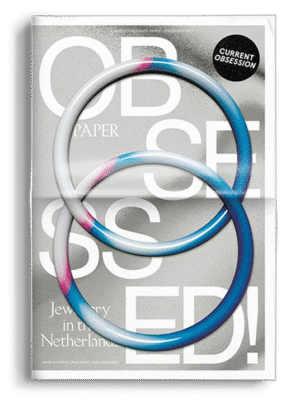8. Placeholder Issue
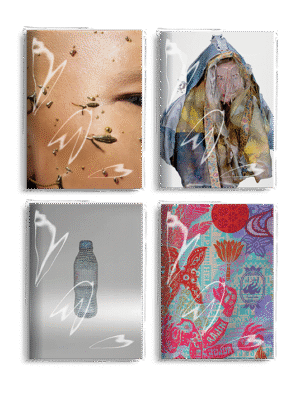
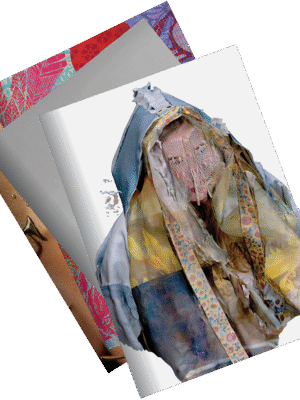

#8 Placeholder Issue delves into the concept of a placeholder — a container that encapsulates a void, things unknown and yet to be defined — to tackle some of the most complex attributes of jewellery.
Place-holding significance, jewellery and adornment are examined as metaphoric containers for hidden or ‘encoded’ information, the specific meanings of which have been lost — due to colonialism, displacement of people, suppression of knowledge and spiritual practices. The magazine looks at different ways in which this knowledge could be unlocked, rediscovered and empowered.
Research subjects behind this issue represent large fields of study in both theoretical and artistic practices. The magazine, therefore, seeks to create connections between craftspeople – artists, image-makers, and word ‘craftitioners’ – scholars and philosophers. In a multidisciplinary dialogue, our team and each contributing artist work on the smallest details, weaving imagery into typography, giving this issue a new feel that ‘place-holds’ for the future.
#8 Placeholder Issue introduces an experimental publishing model by Current Obsession, with the magazine being released chapter by chapter throughout the year, instead of all at once.
Each chapter comes a result of an in-real-life activation, in the case of this issue – an evening of performances and conversations, a workshop, a studio visits and panel discussion, and a museum archive visit. The final content is, therefore, not defined in advanced, but rather, created together with our public. We set out with a premise, an idea, and we ask others to join us in conversation, shaping the outcome together.
- date of publication 2023
- Over the following four chapters, this magazine delves into
- 8.I. Body as an Intermediary Object How could an intermediary between a viewer and a source of information – for instance, a historic artefact – help us unlock the meaning encoded within it, inaccessible to those unfamiliar to the medium? If a familiar body could be considered as such an intermediary, what could it mean in terms of understanding other cultures, decolonising knowledge about objects, but also, what role could it play in the future of making new work?
- 8.II. Critical Multiplicity ‘How to ‘multiply’ an object by shifting perspectives?’ As signifiers, objects of jewellery and adornment point simultaneously in opposite directions, consistently ‘performing’ between the worlds of a wearer and the onlooker. Therefore, they find themselves in flux – multiplicity of interpretations, connections, assumptions, depending on a historic timeline, geographic location, or which eyes are gazing at them. What are the implications of that exchange? Focusing specifically on language, materiality and history of jewellery and adornment, could we ‘scrape off’ the inherent narratives that are so ingrained in the way we think about these objects? And further more, could we find alternative ways to create new work, liberated, or at least pushing away from the beaten path of seeing jewellery as ‘ornamentation’?
- 8.III. ‘Do you mind if I braid while we talk?’ Emergent from the experience of being racially and culturally 'othered,' the two protagonists expose and challenge the narratives imposed on them. Once these narratives are recognised as constructs, they become malleable material, a putty in the hands of two makers. The act of ‘writing’ one's narrative dissolves the subject/object divide, motivating marginalised voices to tell their stories and revealing the transformative power of aesthetics in transcending resistance to create something beautiful.
- 8.IV. Becoming-With We discuss human surface, its significance and its potential, seen as a site of contestation between mythology, biology and technology. Loan Favan’s artistic practice oscillates within this triangle. She looks at body modifications and scarification rituals within a range of cultures in Oceania, including Vanuatu, Papua New Guinea and her native New Caledonia. Constantly connecting mythology to contemporary society, she looks ahead into deep future, speculating on how the rituals and rites of passage could transform future humans with the help of biological and technological modifications. Her work creates a vast world of multi-species symbiosis, where human surface morphs to accommodate new features necessary to survive and to thrive in the future. We examine possible connections between her work and the historic pieces in the Wereldmuseum’s collection.
Price range: € 60,00 through € 160,00
